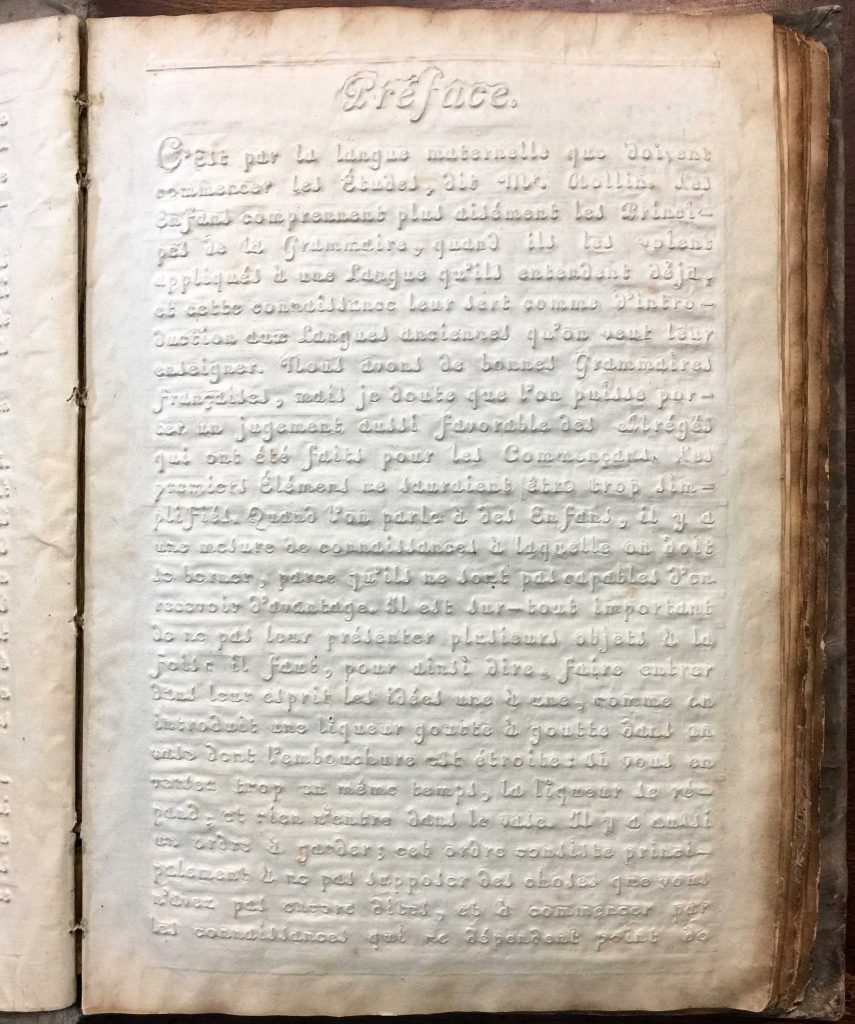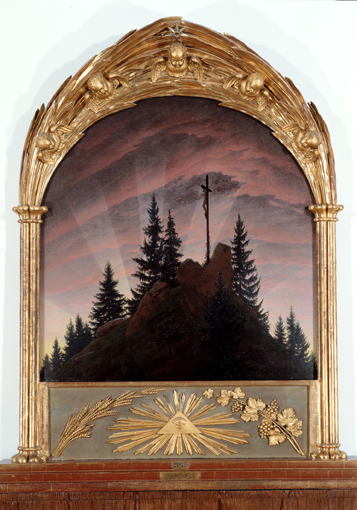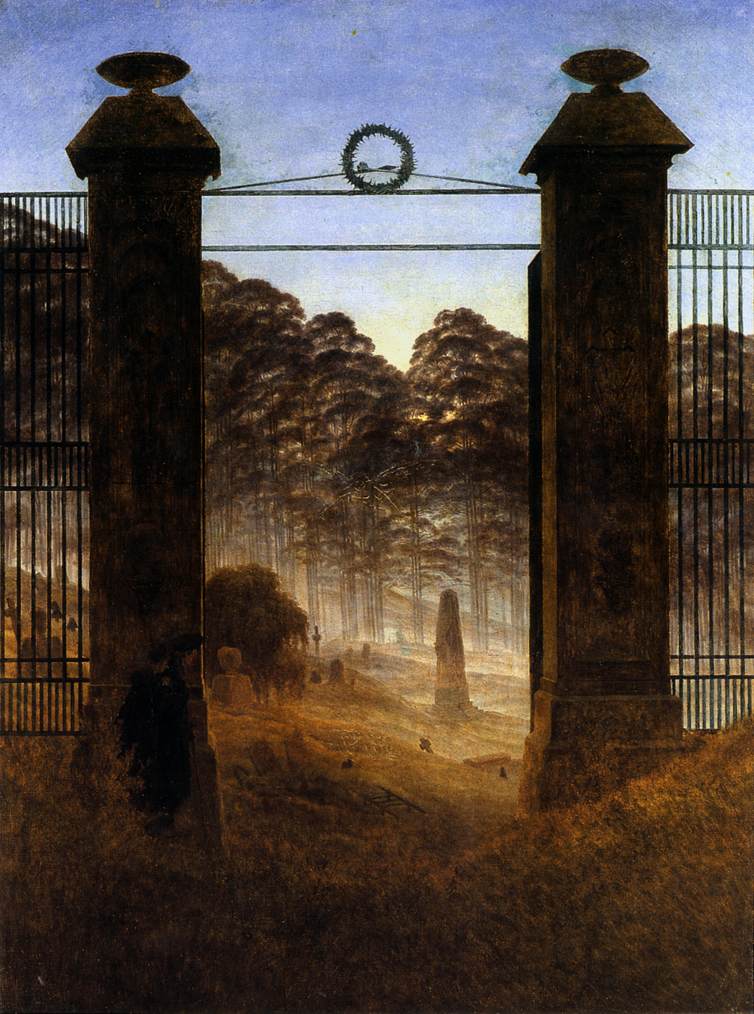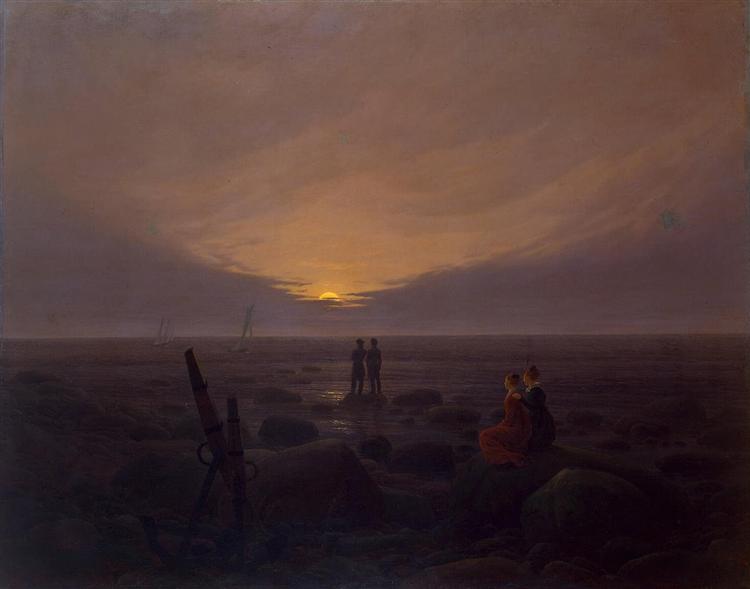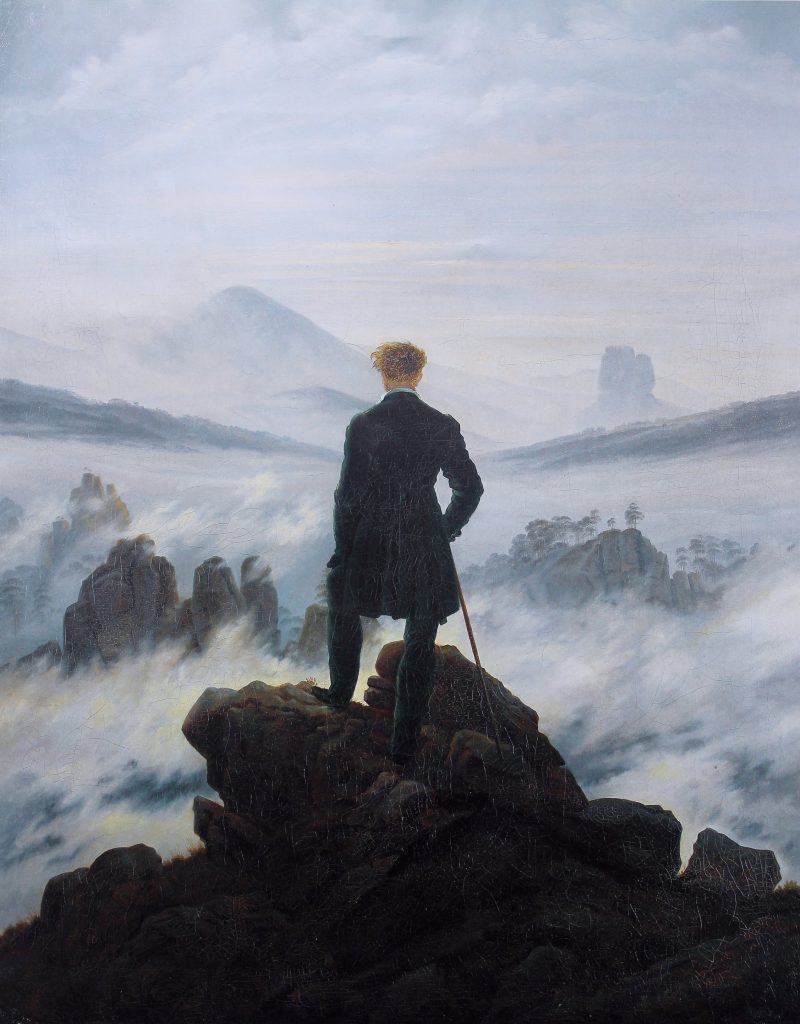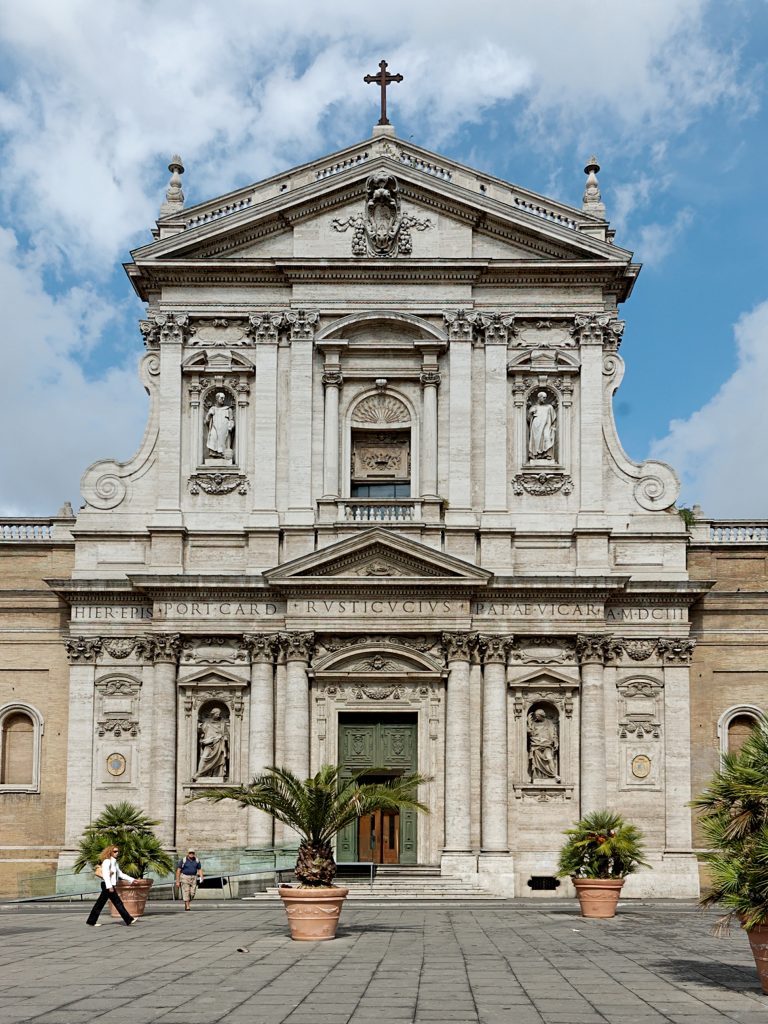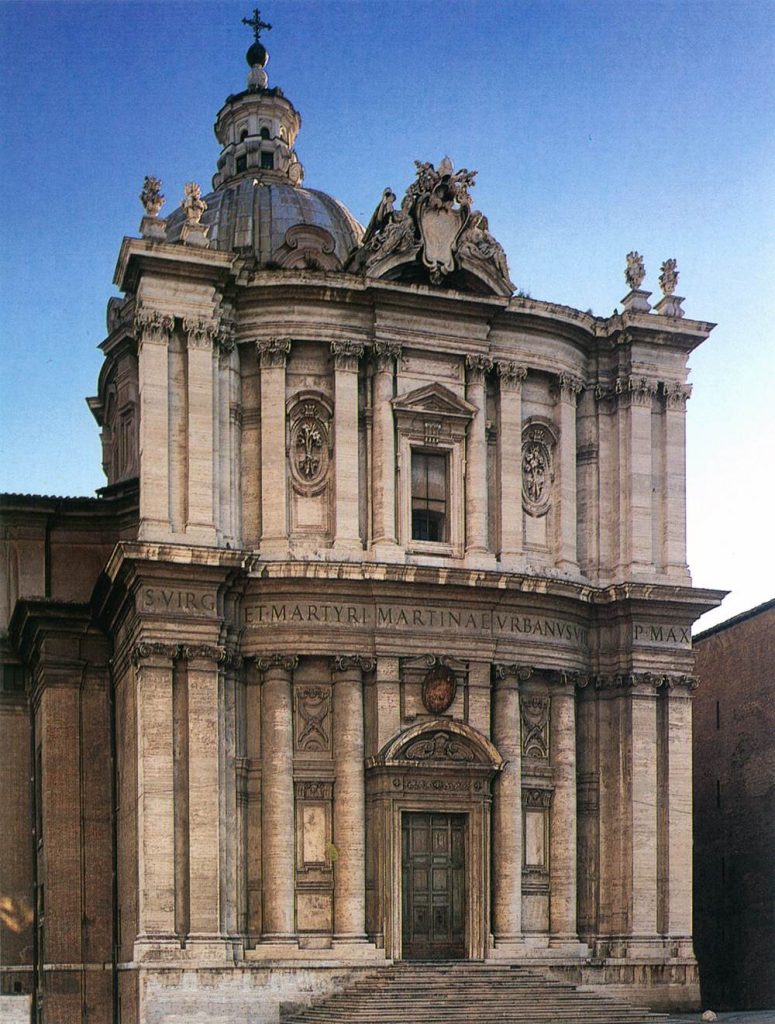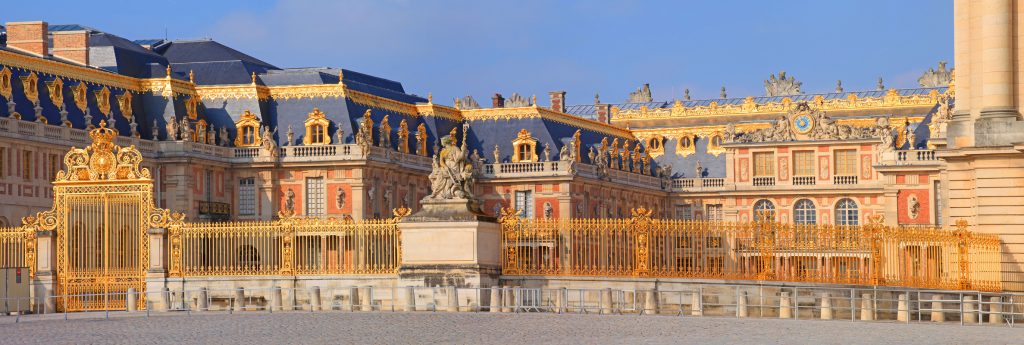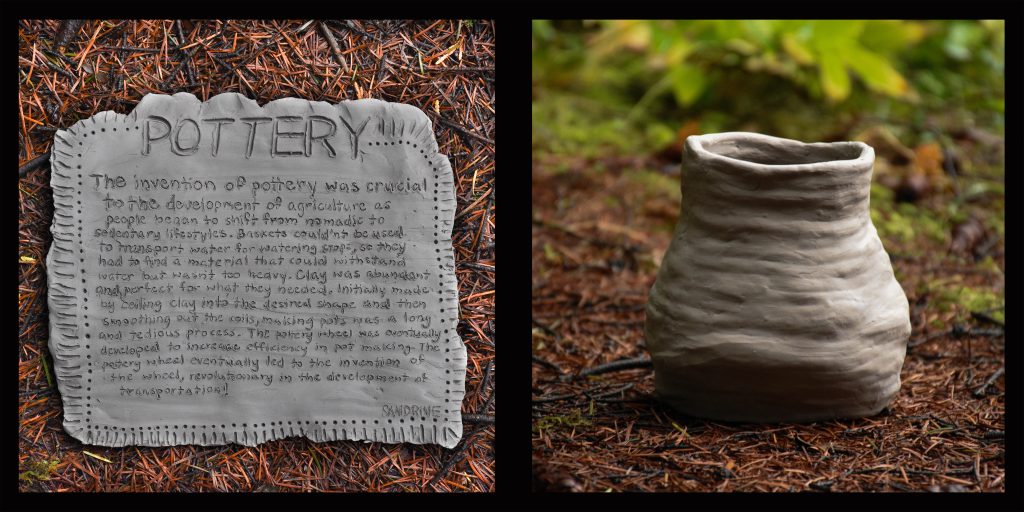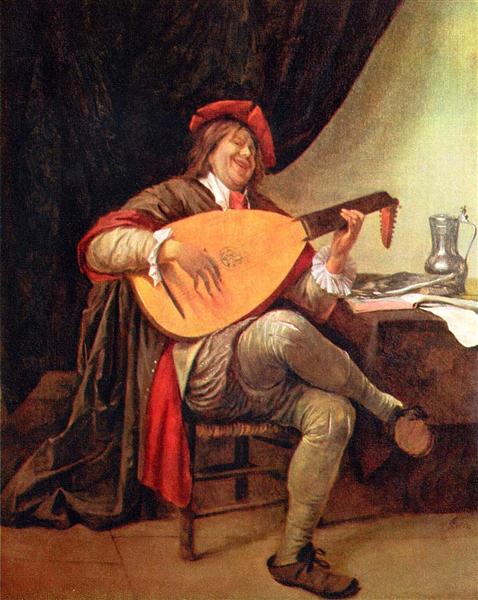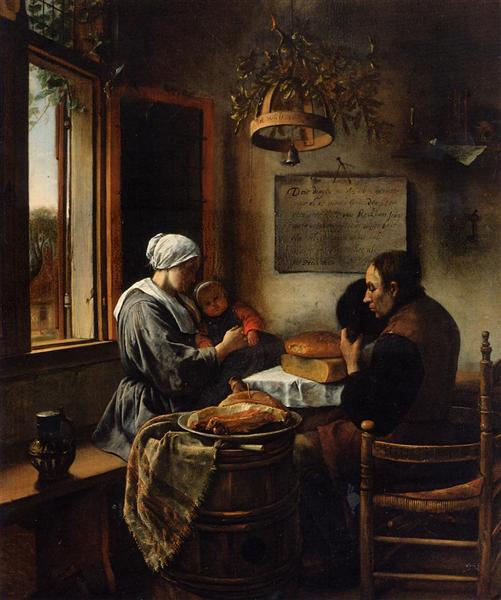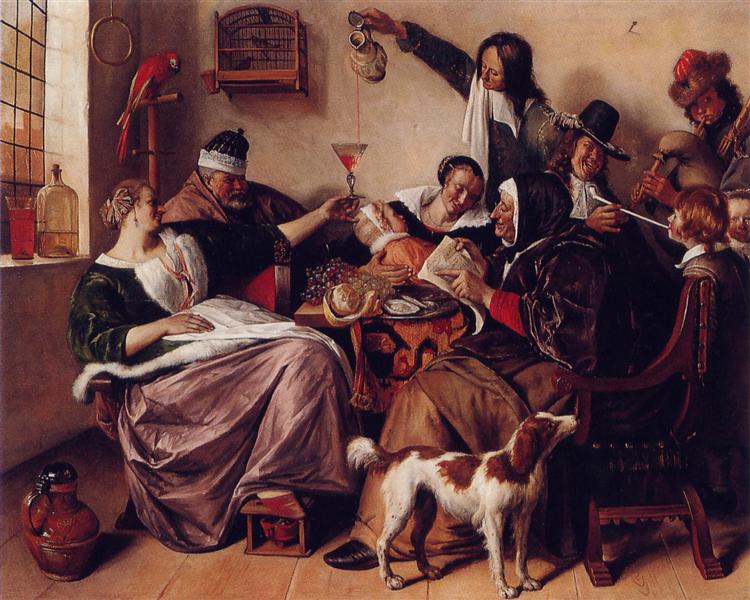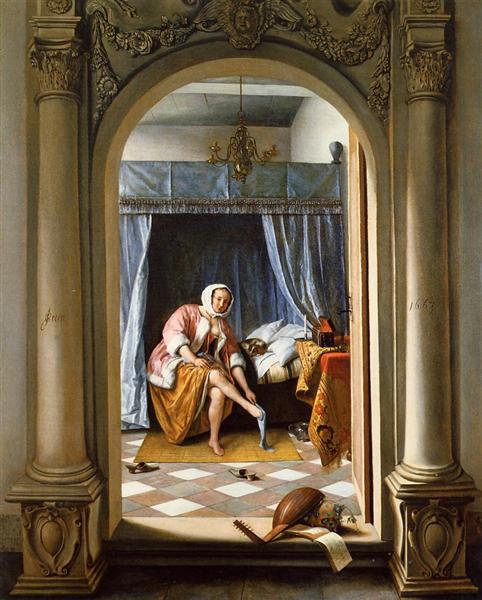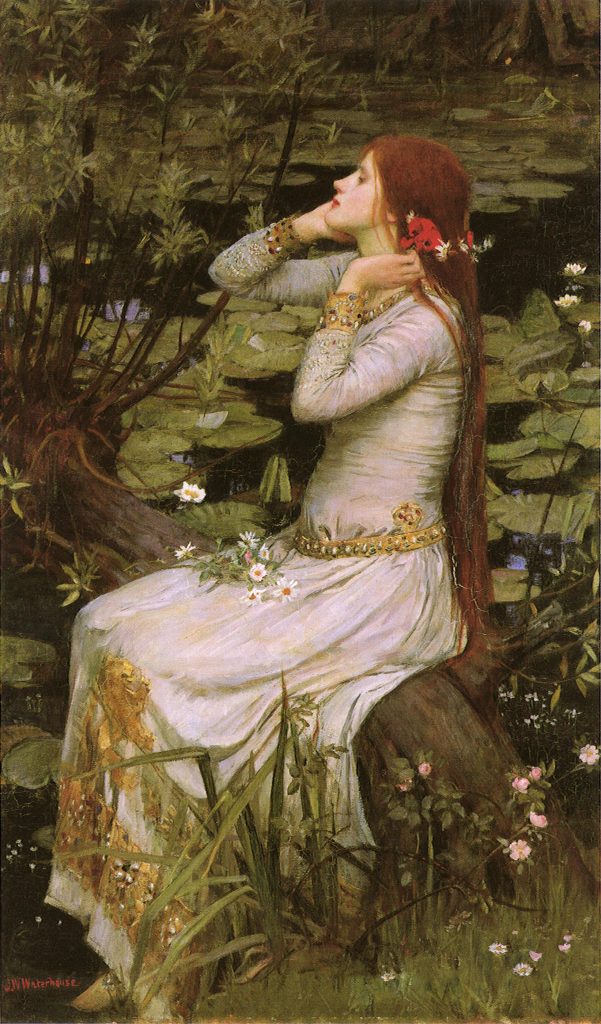
John William Waterhouse, nicknamed “Nino,” was born in Rome to two parents who were also painters. Growing up, Waterhouse was encouraged to draw, without a doubt having an influence on his eventual career.
Waterhouse attended the Royal Academy of Art in London, where he later held regular exhibitions of his art. Initially studying sculpture, he soon completely abandoned that direction and moved to paint.
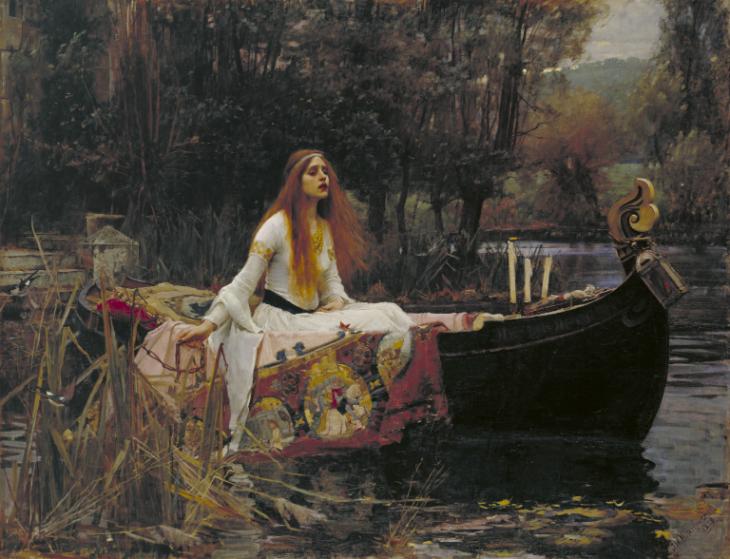

Although he came a little bit too late to be considered a part of the pre-Raphaelite brotherhood, his style is very close to it. He is often associated with them because of their shared interest and inspiration from literary subjects such as Homer, Ovid, Shakespeare, Tennyson & Keats.
As well as being inspired by literary subjects, he also depicted many women from greek mythology and Arthurian legend. Waterhouse painted a lot of women, many of them about to die in or near water. The dramatic beautiful women he painted often included damsels in distress, enchantresses and the “femme fatale.”
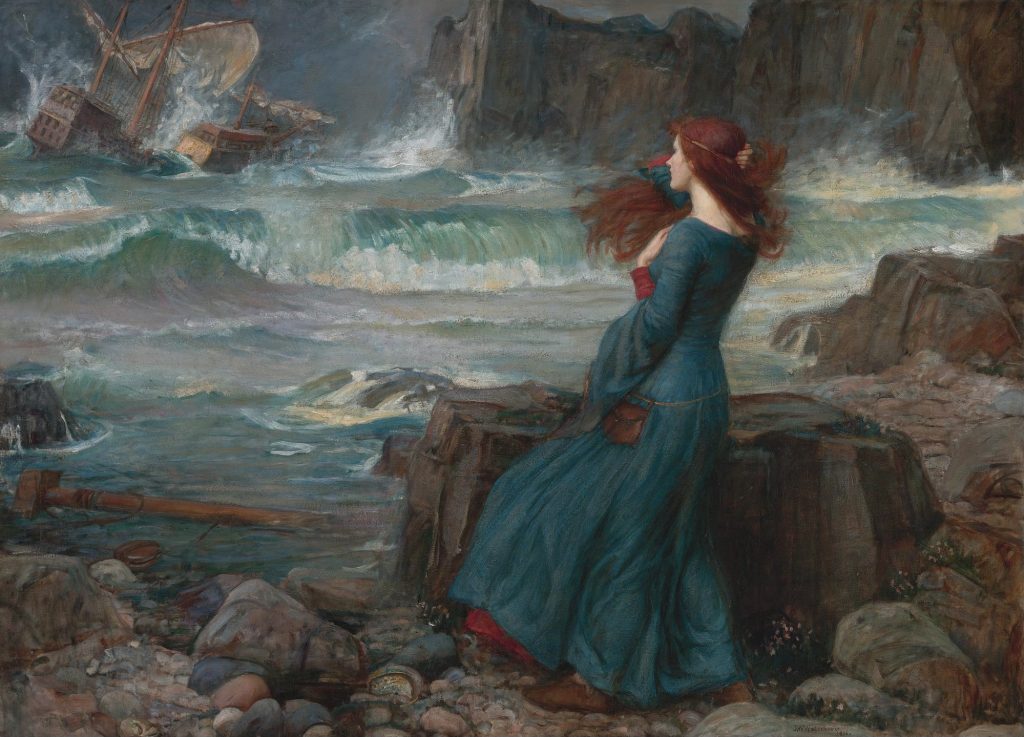

John William Waterhouse had a good reputation among fellow artists, art critics, and the general public during his lifetime, although he fell out of popularity around the beginning of the 20th century along with other artists of similar style.
I really like Waterhouse’s work. His paintings are absolutely beautiful and the richness and vibrancy of the colours he chose are really enjoyable to look at.
Sources
https://en.wikipedia.org/wiki/John_William_Waterhouse
https://www.britannica.com/biography/John-William-Waterhouse
